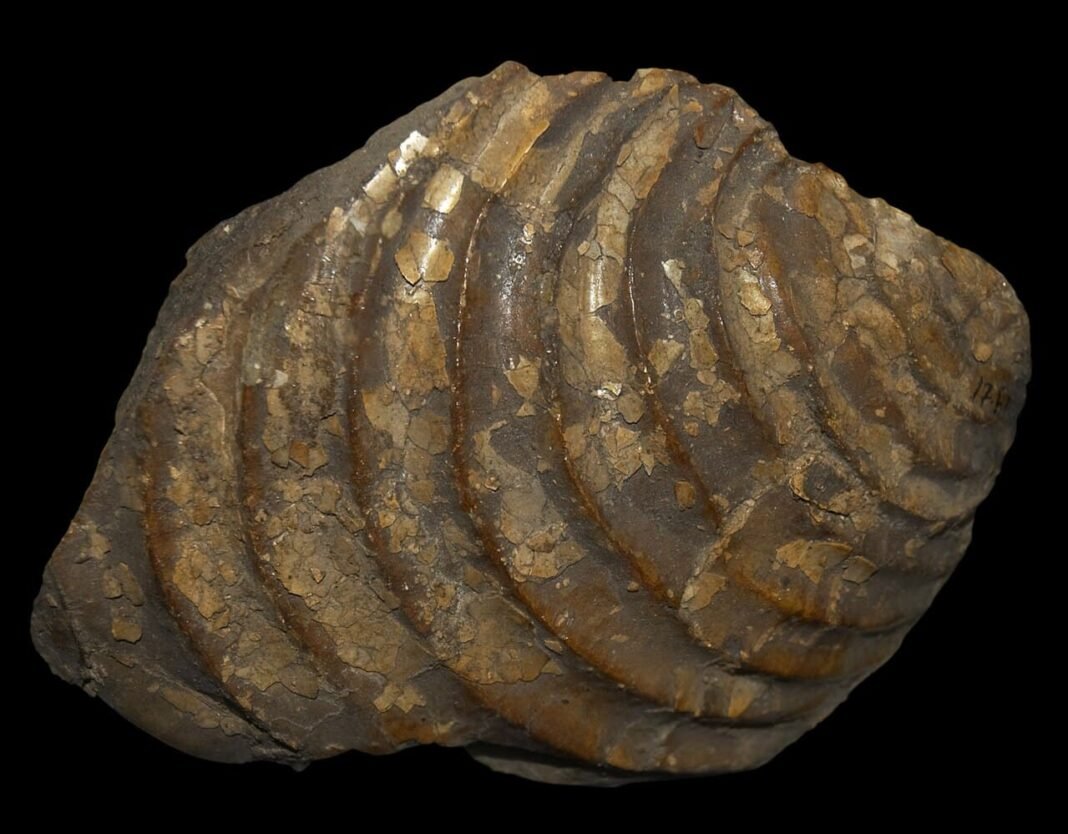
A museum in outback Queensland, Australia, has revealed a fossil pearl dating back 100 million years, a discovery described by scientists as one of the rarest of its kind.
The marble-sized sphere, about two centimeters across, went on display at the Kronosaurus Korner Museum in Richmond. The pearl was first unearthed in 2019 during a public dig, when a visiting tourist lifted a fragment of an Inoceramus shell from the museum’s excavation site.
Researchers spent two years studying the object in the laboratory before confirming its authenticity and remarkable state of preservation.
Scientists confirm authenticity
“This is an incredibly rare and priceless find,” said Gregory Webb, a paleontologist at the University of Queensland. He later described it as “an invaluable fossil.”
Scientists said the pearl survived in pristine condition because it is composed of calcite, a mineral far more durable than the aragonite that forms modern pearls. That durability allowed it to remain intact for tens of millions of years.
A clam from an ancient sea
The pearl once belonged to a giant Inoceramus clam that lived in the Eromanga Sea, a vast inland sea that covered much of central Australia during the Cretaceous period. These clams could grow up to 50 centimeters long and thrived in waters about 40 meters deep.

Richmond lies within one of the fossil-rich remnants of that sea. The area is already known for discoveries of large marine reptiles, including Kronosaurus and Ichthyosaurus, which have made the region a magnet for paleontologists and amateur fossil hunters.
Boost to the museum and tourism
Rob Ivers, founder of the Kronosaurus Korner Museum, said the pearl adds to Richmond’s appeal. “The find makes Richmond more attractive to fossil hunters,” he said. The museum has since incorporated the find into its education programs and guided excavation tours.
The exhibit places the pearl beside panels that explain its excavation, the ancient sea’s geology, and the mineral chemistry behind its survival. Researchers are also conducting micro-CT scans to study its internal growth rings, offering new insight into the clam’s life and the environment it inhabited.
Local officials said the fossil has already boosted tourism. The town’s tourism office reported higher accommodation bookings, while the museum confirmed an increase in daily visitors, but neither group has released figures.
Experts stress rarity
Experts emphasized that fossil pearls of this age are scarce. Museum staff believe the discovery will not only strengthen scientific partnerships but also bring lasting economic benefits to the outback community.
Webb noted that the pearl offers more than aesthetic value, describing it as a rare glimpse into life in the ancient seas that once covered Australia.


